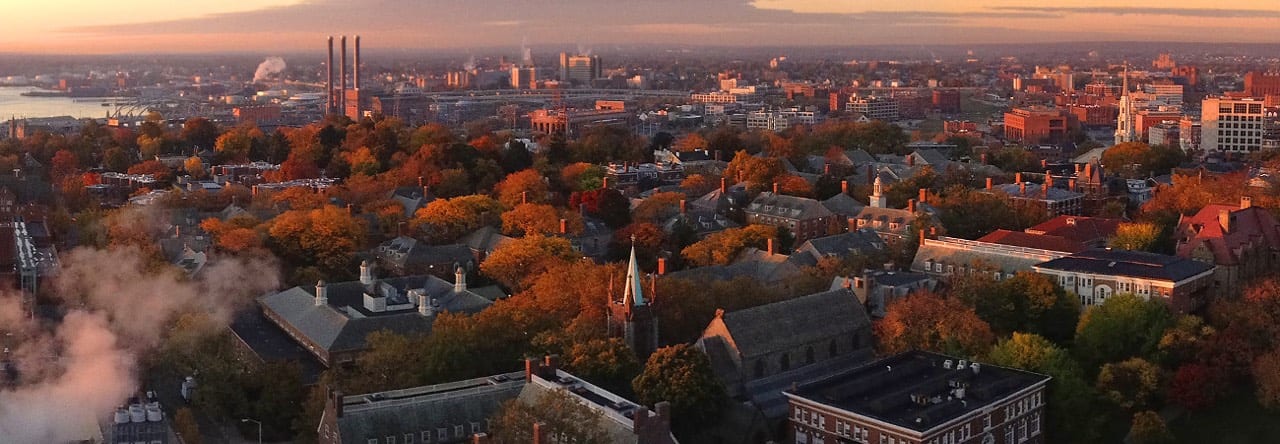This is a student contribution from Claudia Moser’s class ARCH 1764: 25 Things! 250 Years of Brown’s Material Past
On Friday, March 7, the Brown University Wind Symphony performed a concert in honor of the school’s 250th Anniversary. This concert was unique in that the selections reflected years of music produced by the Brown community, showcasing pieces composed by Brown alumni and friends of the university.
The group premiered “Fanfare 250” by George Masso, the title of which directly connects to the anniversary celebration. A generally uplifting piece, “Fanfare 250” reflected the fireworks that were set off on the Main Green, right outside the concert venue Solomon Hall, earlier in the night to launch the anniversary festivities. It stood in stark contrast to Masso’s other composition, “Concertante for Brothers Brown,” that was played later in the night. Named for the two Brown brothers who were instrumental in the university’s establishment on its Providence site, John and Moses, this piece was full of long phrases that slowly crept in and out of the music hall. It also showcased the solo talents of trombonist Alexei Doohovskoy, a Brown graduate of ’98, whose vibrato was reminiscent of the great jazz trombonists of old.
Additionally, the Symphony debuted both a piece called “Brownian Motion” specifically commissioned for the event by the accomplished jazz composer and musician Patrick Zimmerli. He wrote in the concert program that the piece is intended to illustrate the “unpredictable evolution of Brown as an institution,” from its humble church origins to its present state of prestige. Somewhere in the midst of the twists the piece takes he subtly inserted a melody based on the Brown Alma Mater, which then drove the piece towards its climax.
Three other marches composed by historically prominent Rhode Island band composers were played, in addition to a swirling “Fantasy for Wind Symphony” composed and conducted by Eli Fieldsteel ’08. Throughout the night the Wind Symphony’s program offered to the audience various elements of Brown’s history and its connection with the Rhode Island musical community.
